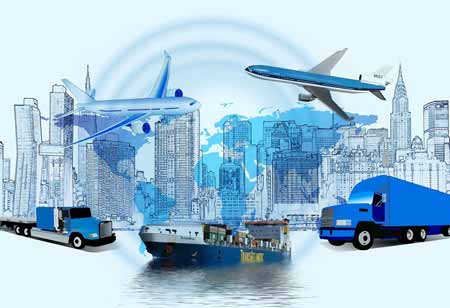THANK YOU FOR SUBSCRIBING
THANK YOU FOR SUBSCRIBING

By
Logistics Transportation Review | Tuesday, February 01, 2022
Stay ahead of the industry with exclusive feature stories on the top companies, expert insights and the latest news delivered straight to your inbox. Subscribe today.
The delivery of a product to the final consumer is a significant, if not the most important, touchpoint in the customer journey.
Fremont, CA: The surge in e-commerce activity has had a massive influence on logistics. Volumes for postal and parcel service firms increased rapidly, and many have struggled to keep up. The shift to online shopping has also raised demand for warehousing space, which is becoming increasingly scarce, as well as surging rent prices.
Check Out This : Environmental Business Review
Nonetheless, let us not forget about individuals. The delivery of a product to the final consumer is a significant, if not the most important, touchpoint in the customer journey. When it comes to delivery, we've observed a shift in consumer preferences known as Faster and Greener. Let's go deeper to get a better understanding in a nutshell.
FASTER! – On the one hand, there is the QUEEN consumer, who wants it all and wants it fast! Super-fast delivery makes sense for some things, but not all products are that urgent. Remember when products could be delivered in 3-4 days? Those days have long passed. For many years, next-day delivery was the standard. Then there was an increase in the demand for same-day delivery. Companies such as Amazon and other online purchasing platforms have played an important part in this evolution. Even same-day shipping is no longer fast enough. The latest buzzword is "instant delivery." There are firms, particularly in the supermarket delivery space, that promise near-instant delivery of groceries.
Check Out This : Top Customer engagement solutions Companies
GREENER! – On the other hand, there is the environmentally conscious buyer known as Greener. An increasing number of customers are becoming more conscientious of their purchasing habits and preferring slower/greener modes of delivery. Instead of having items delivered as fast as feasible, they get them delivered when they are genuinely needed. Not everything ordered today must be delivered tomorrow. The more time a delivery company has to deliver something, the more efficient it may be.
I agree We use cookies on this website to enhance your user experience. By clicking any link on this page you are giving your consent for us to set cookies. More info





